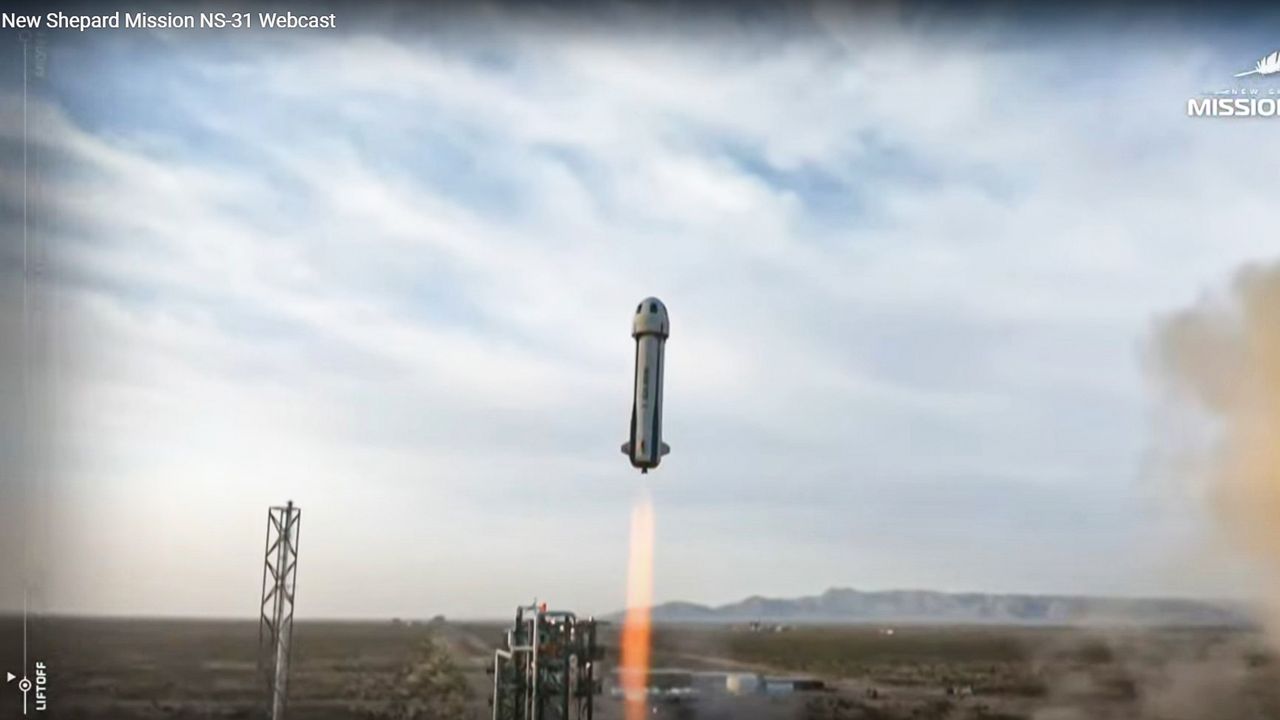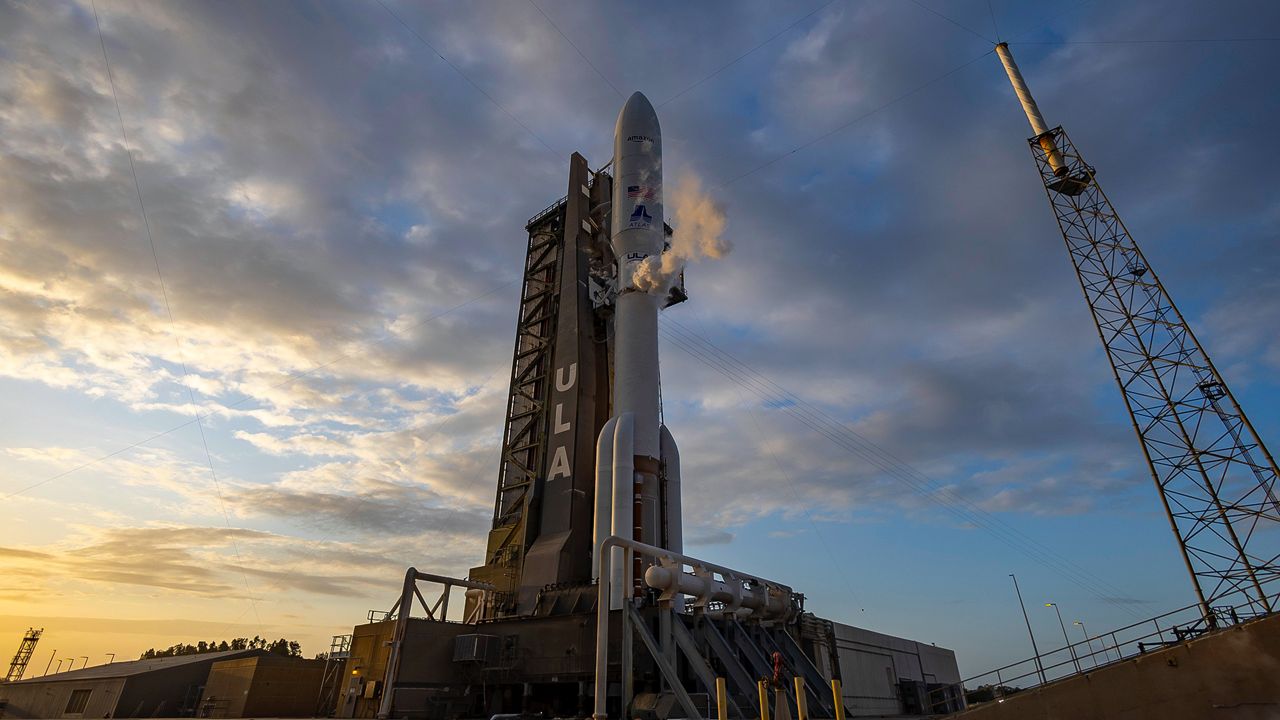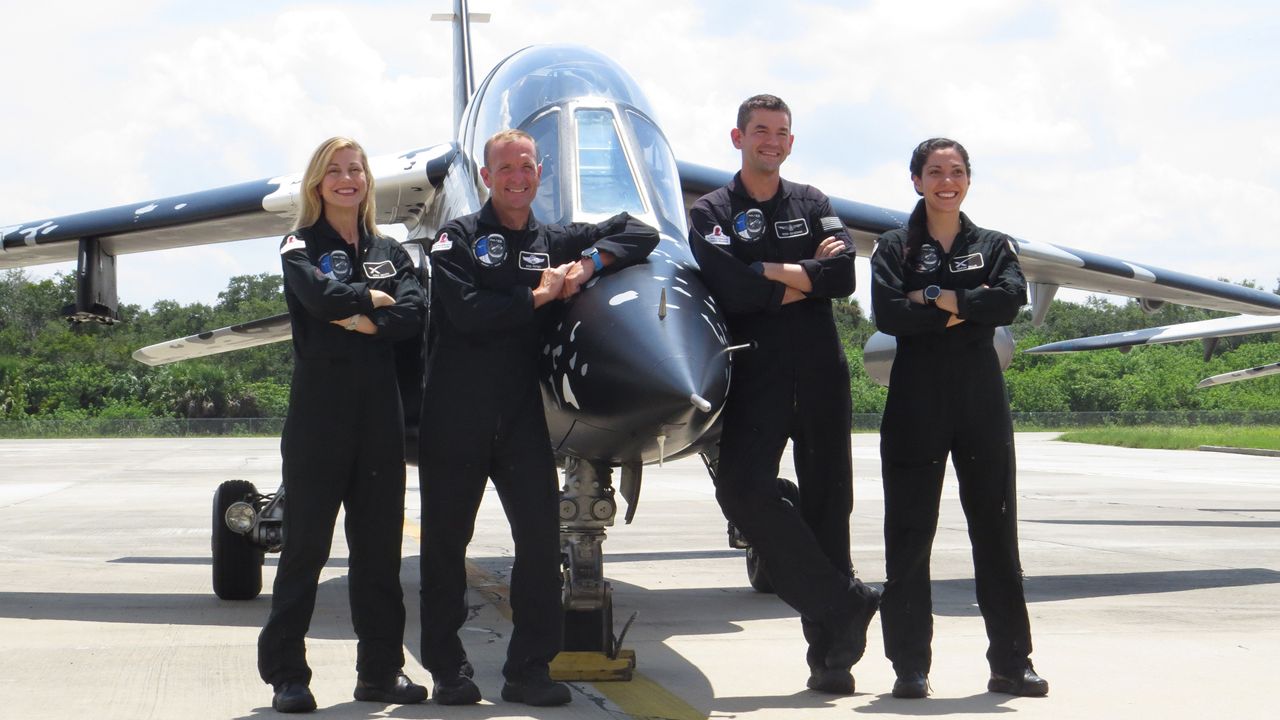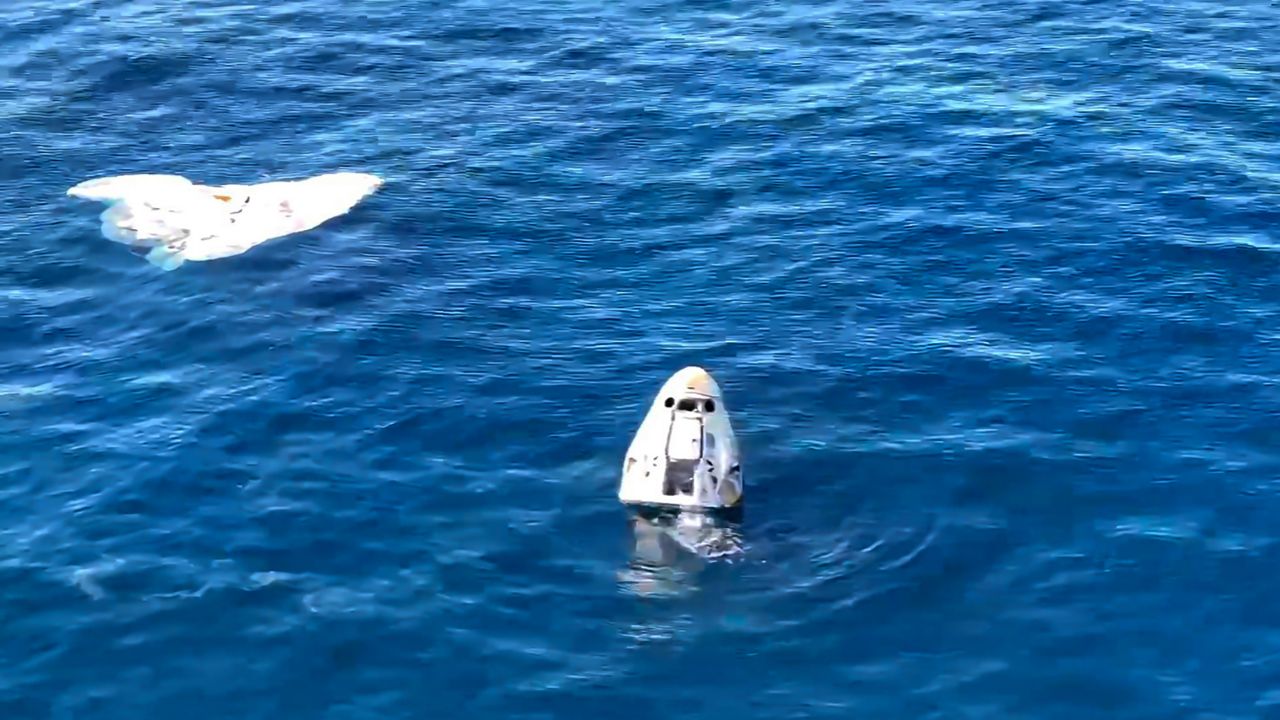CAPE CANAVERAL SPACE FORCE STATION — On Saturday afternoon, NASA and SpaceX launched two people in the Crew-9 mission but they will return with Boeing Starliner mission’s two crewmembers early next year.
What You Need To Know
- NASA astronaut Nick Hague and Roscosmos cosmonaut Aleksandr Gorbunov will be heading to the International Space Station
- But they will return early next year with Boeing Crew Flight Test astronauts Cmdr. Barry "Butch" Wilmore and pilot Sunita "Suni" Williams
- The Boeing Starliner capsule suffered from helium leaks and thruster issues
- Get more space coverage here ▶
- 🔻Scroll down to watch the launch🔻
🚀 @NASA and @SpaceX launched two people in the #Crew9 mission but they will return with @BoeingSpace's #Starliner mission’s two crewmembers early next year.
— 🚀Anthony Leone🌕 (@AnthonyLeone) September 28, 2024
Next stop for Crew-9 is the @Space_Station!
See my @MyNews13 story for more: https://t.co/ENrF6WiRsD https://t.co/fhX2w4Nvl8 pic.twitter.com/atL6UmNF9L
Countdown
SpaceX’s Falcon 9 rocket took off from Space Launch Complex 40 at Cape Canaveral Space Force Station on Saturday afternoon, according to the company. This is the first crewed-launch from this launch pad.
The instantaneous launch was at 1:17 p.m. ET.
The 45th Weather Squadron was calling for some iffy weather, with only a 55% chance of good liftoff conditions. The rules against liftoff were: Cumulus cloud, flight through precipitation and surface electric fields.
However, as the launched near, the liftoff conditions improved to 70%.
Find out more about the weather criteria for a Falcon 9 launch.
If the launch was scrubbed, the next attempt would have been at 12:54 p.m. ET, Sunday.
Second Time Up
The Falcon 9 first-stage booster, B1085, is still wet behind the ears as this is its second launch. The first one was back in August of this year for the Starlink 10-5 mission.
Because this is a crewed mission, the first-stage rocket will land at Landing Zone 1 at Cape Canaveral Space Force Station.
Sonic booms were heard from miles away, shaking windows and setting off car alarms.
NASA astronaut Nick Hague and Roscosmos cosmonaut Aleksandr Gorbunov will be riding to the International Space Station in SpaceX’s Dragon capsule named Freedom.
Freedom has been used for three other missions: Crew-4 in 2022, Ax-2 in 2023 and Ax-3 in 2024.

The mission and returning Starliner crew members home
Hague and Gorbunov, who will be going to space for the first time, will be bringing more than 200 experiments and technology to the International Space Station.
“Once on station, these crew members will support scientific investigations that include studies of blood clotting, effects of moisture on plants grown in space, and vision changes in astronauts,” NASA explained.
Patrick O'Neill of the ISS National Laboratory told Spectrum News about some of the experiments that are going up and how one of them has a connection with the Polaris Dawn mission, which saw the first commercial spacewalk.
Patrick O’Neill of @ISS_CASIS was telling me about the experiments going to the @Space_Station, what the #Crew9 has for the #Starliner crew so they can return home & how @Astro_Suni was selected for her newest role in the #ISS.
— 🚀Anthony Leone🌕 (@AnthonyLeone) September 28, 2024
More in my story @MyNews13 https://t.co/ENrF6WijD5 pic.twitter.com/lNw8ZAONLI
They will also be members of the ISS’s Expedition 72. An expedition means the current crew in the International Space Station.
And after they are done spending months in microgravity and enjoying the view of Earth’s curvature, they will return home with Boeing Crew Flight Test astronauts Cmdr. Barry "Butch" Wilmore and pilot Sunita "Suni" Williams in February 2025.
Originally, the Crew-9 mission was going to see four members going up, but those plans were scrapped after issues arose with Boeing’s maiden crewed flight of its Starliner capsule: Helium leaks and thrusters not working.
NASA astronauts Wilmore and Williams were expected to spend about eight days on the International Space Station in June, but the prolonged problems forced them to spend eight months on the floating space laboratory as its ride — named Calypso — returned home empty earlier this month.
The U.S. space agency wanted to ensure Williams’ and Wilmore’s safety and not have them onboard Starliner. The Boeing capsule did touch down in New Mexico safely.
Because of this, it was decided that the pair would return home and the original four-member Crew-9 mission was cut in half to make room in SpaceX’s Dragon for Wilmore and Williams.
Going up in the Crew-9 mission are two SpaceX suits for Wilmore and Williams, said O'Neill. There is an extra one already on the International Space Station that fits Williams. Boeing spacesuits are not compatible with the Dragon spacecraft.
Learn more about the Starliner saga here.
Both the Boeing Starliner and Crew-9 missions are part of NASA’s Commercial Crew Program, which was formed to work with American aerospace companies to build spacecraft and rockets to send technology and astronauts from U.S. soil to space.










